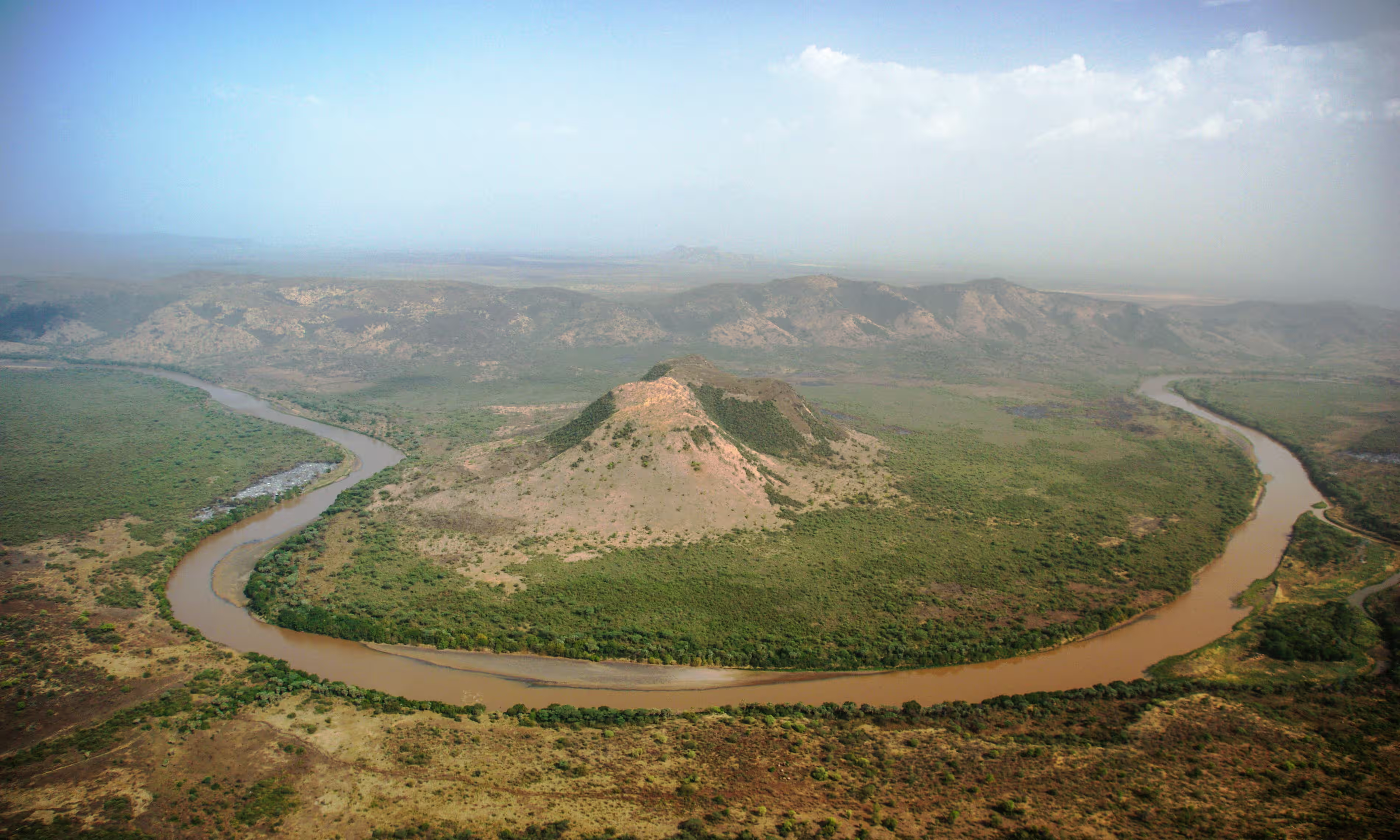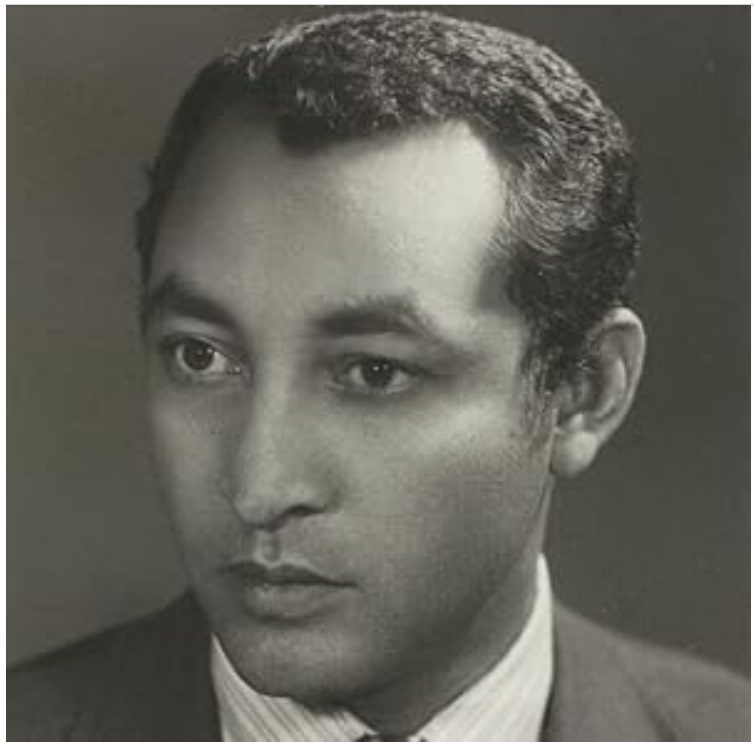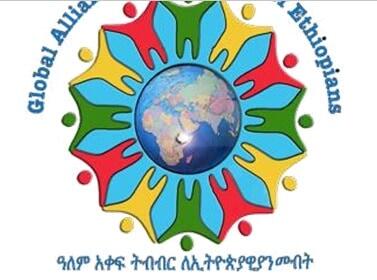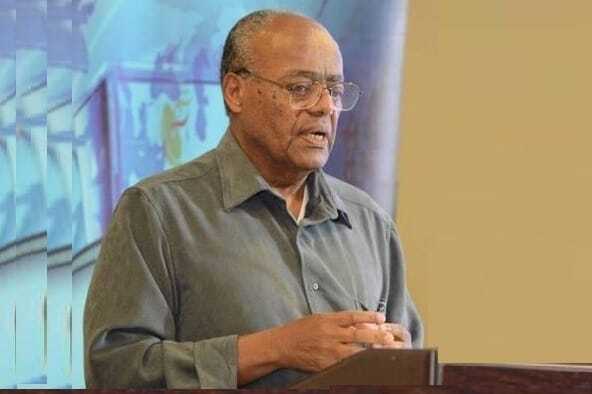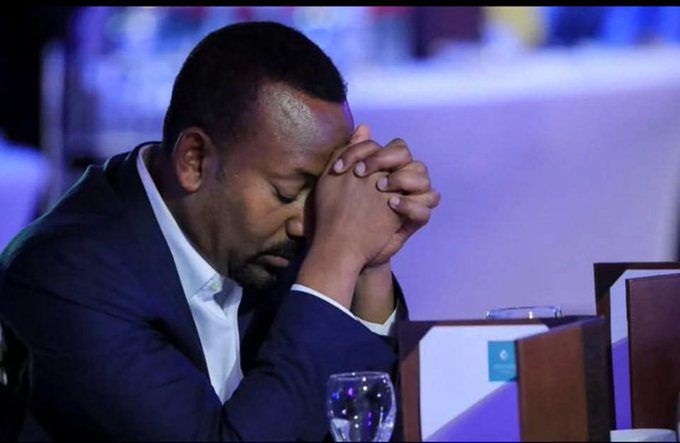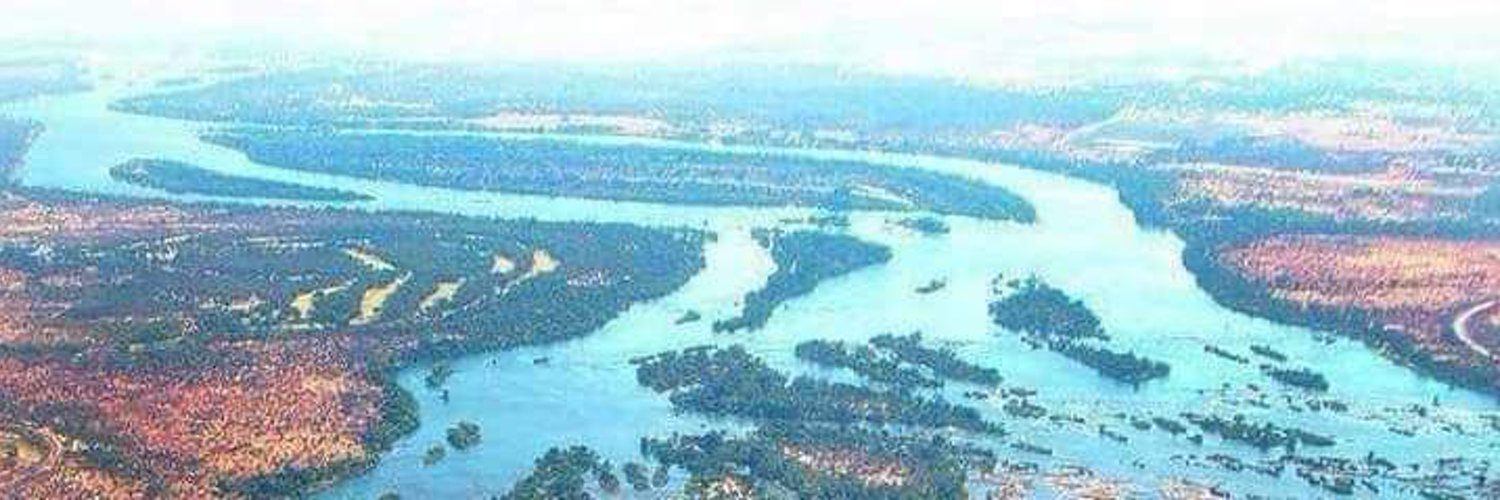These Tigray elites apparently were terrified of Abiy’s peace overtures with Eritrea, as the bad blood that has been revealed by the current conflict indicates
by Ethiopian-American Council
(San Jose, California) EAC — There is increasing sentiment to address the ongoing fighting in Ethiopia’s Tigray area. House Foreign Affairs Committee Chairman Gregory Meeks said in a Center for Strategic and International Studies briefing recently that he and his colleagues at the committee and the House Subcommittee on Africa, Global Health, Global Human Rights and International Organizations are planning to hold hearings on this crisis in the next few weeks. However, one hopes such hearings and any resulting congressional action will have a clear view of how we got to this situation in Ethiopia and understand how best to resolve it satisfactorily.
When Prime Minister Abiy Ahmed began the process of evolving the Ethiopian People’s Revolutionary Democratic Front (EPRDF) to the Prosperity Party in 2019, only the Tigray People’s Liberation Front (TPLF) refused to cooperate. This is because during the revolt that overthrew the Dergue government in 1991, the TPLF had gained significant power despite being a minority of about 6% of the population. A Tigrayan elite used that power to dominate and oppress other ethnic groups in the country under the guise of ethnic federalism.
This Tigrayan elite accepted Abiy as Prime Minister only because they felt he was a figurehead that they could control. It was never their intention to give power to Oromos or any other ethnic group. The Tigray elite had long feared a return to power of the Amhara, and when Abiy formed an Oromo-Amhara alliance, that elite went to work undermining him.
There are many credible reports, including from U.S. Government sources that Tigray leaders were behind the unrest in Amhara, Oromo and Somali areas of the country. As the power in EPRDF, they constantly tried to force the Abiy government to return to the state of emergency he lifted shortly after taking office. They undoubtedly thought the June 2018 assassination attempt would work, but it didn’t. They thought fomenting unrest in various areas of the country would work, but that didn’t either.
Tensions between the federal government and the TPLF had increased so much that in early February, members of the federal parliament proposed that the TPLF be designated as a terrorist organization. This recalls the period decades ago when the TPLF was considered by international observers as a terrorist organization. Based on TPLF activities between 1976 and 1990, the Global Terrorism Database reported that the ethnic nationalist group had engaged in attacks on soft (civilian) targets and assassinations.
According to the U.S. Department of Homeland Security, the TPLF qualified as a Tier III terrorist organization prior to May 1991.
These Tigray elites apparently were terrified of Abiy’s peace overtures with Eritrea, as the bad blood that has been revealed by the current conflict indicates. The U.S. Government, as well as others, are calling for the Eritreans to pull out of the Tigray area and accusing them of human rights violations. Certainly, a full and neutral investigation of the current conflict is warranted, but it should begin with the Tigrayan provocation.
This is not propaganda from anti-Tigray sources, but rather comes from Tigrayan leaders themselves. Sekuture Getachew, a senior TPLF official, was quoted in a public statement as saying: “Should we be waiting for them to take the first strike? Or take preemptive action to avert the looming war?”
He referred to Israel, surrounded by enemies, which launched a preemptive strike in the Middle East, and he used their action as a model. “It is a similar strategy that was used now,” he said. “In the presence of 30 thousand troops in Tigray, including four mechanized army divisions, and unitary forces lying to the southern part of the region, and Isayas’ forces along the northern border, should we be waiting for them to launch attacks first? No.”
The TPLF regional government declared the federal government illegitimate because of the postponement of elections until 2021 because of the Covid-19 pandemic, and TPLF proceeded with their own regional elections in November. Forces loyal to TPLF had attacked the Northern Command base in Tigray, and when the federal government sent in troops in what it rightly described as a “police action,” the TPLF response was to attack the government forces sent in to dislodge the now-outlaw government in Tigray. After having first claimed that the government forces had defected, Tigrayan leaders later admitted that they had fought government troops and overrun the base. Government land and air forces subsequently retook the base and chased the rebel Tigrayan forces into exile, where its leaders promised they would continue extended resistance to the Ethiopian government.
The humanitarian situation has become quite dire–an estimated 1.5 million people required humanitarian assistance. Moreover, there are numerous reports of despicable human rights violations and crimes against humanity during this conflict. The spill over effect this crisis has had on the East Africa region threatens overall security in the Horn of Africa. The involvement of Eritrea has been especially problematic to say the least.
According to The Guardian newspaper, “Earlier this month (November 2020) the former president of Tigray, Debretsion Gebremichael, accused Eritrean forces of mass looting. Before that, he alleged Tigrayan forces were fending off Eritrean divisions on several fronts. The TPLF has claimed responsibility for one of three missile strikes on Eritrea since the war began, arguing it had acted in self-defence since the airport in Asmara, the capital, which was hit by at least two rockets in the strike, had been used to launch attacks.”
The Guardian has reported that nearly 50,000 people have fled the fighting into Sudan by late January and that refugees are “telling reporters and aid workers that artillery shells that hit towns in western Tigray had come from Eritrea.”
Who knows what the long-term impact of such an influx of refugees out of Ethiopia will have on regional stability. Yet this catastrophe didn’t have to happen if Tigrayan leaders had handled their paranoia against the federal government and the Eritreans differently.
Now that the international community is committing to investigating and rectifying the situation in Tigray, they also should look at how other ethnic communities have been damaged as well. For example, various news agencies and human rights organizations confirmed that a series of ethnic cleansings and mass murders took place in the town of Mai Kadra in the Tigray Region of north western Ethiopia, near the Sudanese border in early November. Amnesty International, citing two videos that were verified, said it was difficult to quantify the death toll, but estimated that hundreds of people were killed. According to the Ethiopian Human Rights Commission and the Ethiopian Human Rights Council, most of the victims were Amhara living in Mai Kadra.
Vision Ethiopia, a non-partisan association of Ethiopian scholars and professionals, pointed out in a recent statement that the damage done by Tigrayan elites has harmed all people of Ethiopia and must not be ignored in any investigation.
“Vision Ethiopia always stands in solidarity with our citizens in Tigray and supports calls for an independent investigation of any human rights violations in the region. Vision Ethiopia believes that our compatriots in Tigray have been victims of decades of repression, like the rest of the population, under the brutal dictatorship of the TPLF and the atrocious and ethnic-based system of government that this terrorist organization imposed on the people of Ethiopia.”
Consequently, any hearings or investigations of this crisis must not be limited to calling for a cessation of hostilities or a withdrawal of Eritrean forces from the Tigray region. There must be an examination of the proximate and longstanding causes of this crisis, as well as the many crimes against the other people of Ethiopia during the TPLF reign. Only then will a just and lasting solution to this matter be reached.
Ethiopian American Council
www.ethioamerican.org

